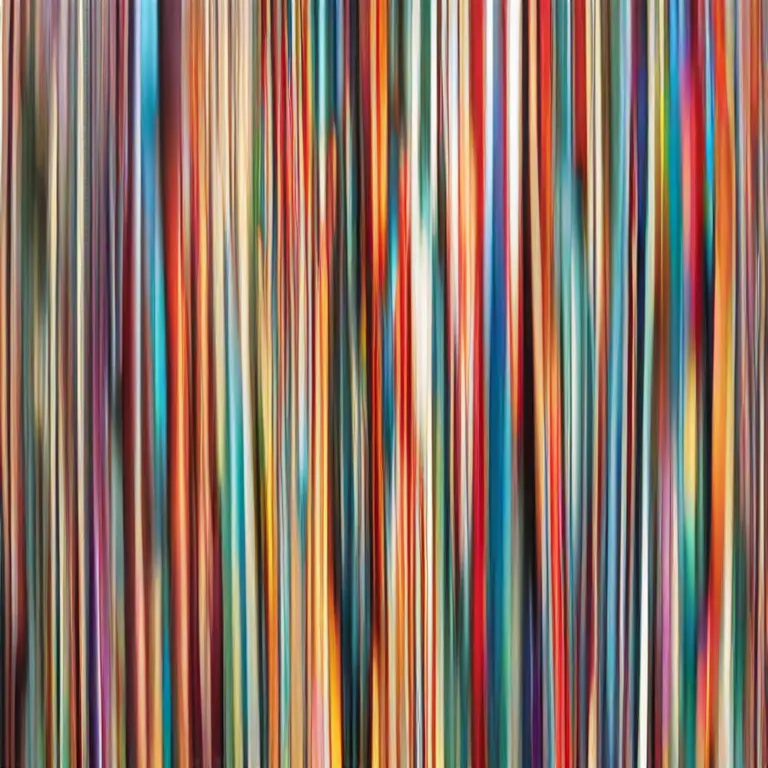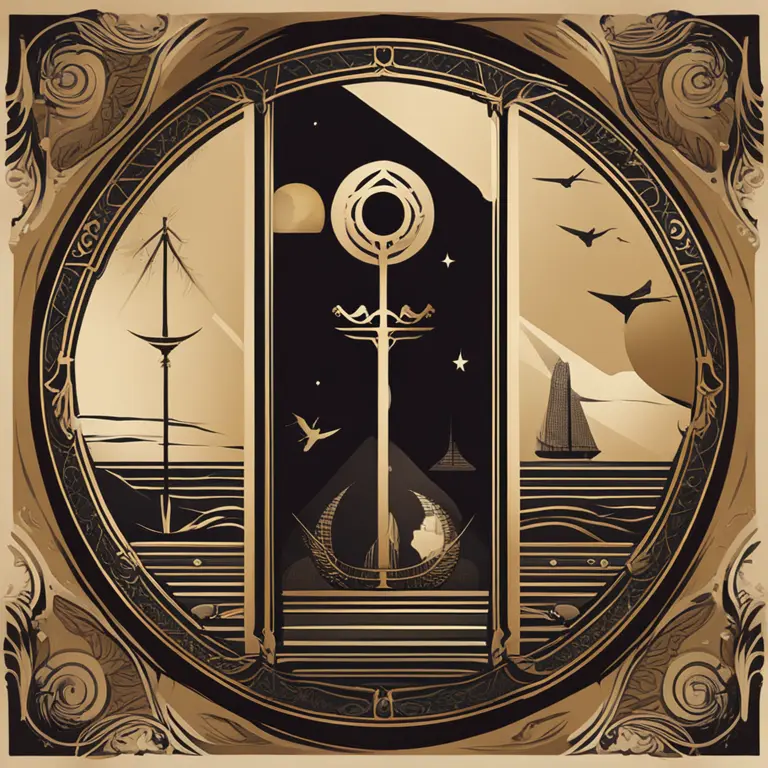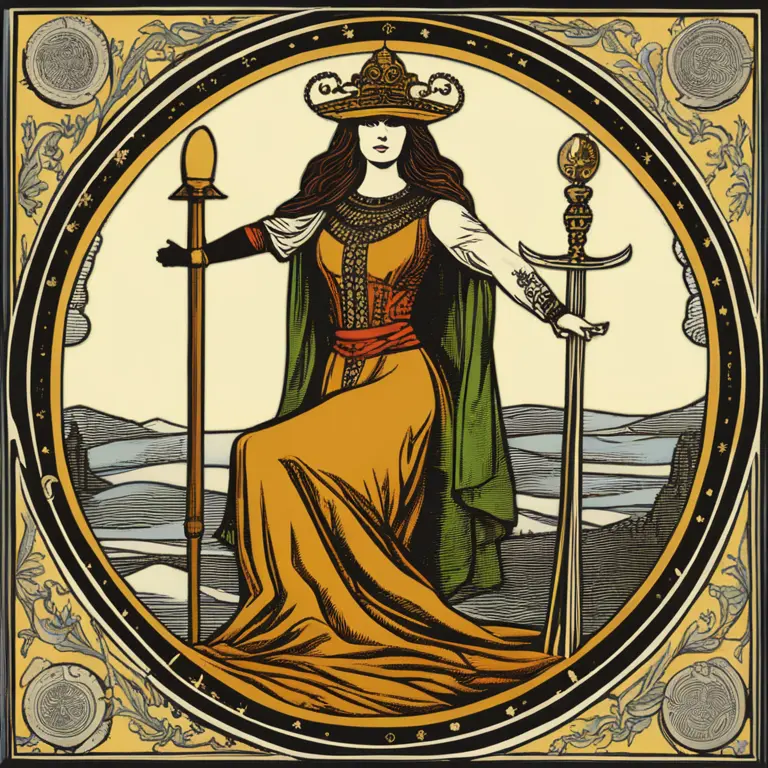
The Mysterious Inception of Tarot
Tarot cards are a source of fascination for many, merging art, symbolism, and mystery into a deck with a storied past. The exact origins of tarot cards are somewhat obscure, shrouded in the mists of history. Most scholars agree that tarot cards first emerged in the 15th century, used initially as playing cards for the Italian nobility. They were not initially designed for divination but for a game called Tarocchi. The artist and designer of the first tarot cards remain unknown, yet they instilled a rich narrative tapestry into each deck.

From Game to Divination
The transformation of tarot from pastime to prognostication tool occurred over centuries. As tarot cards spread across Europe, their mystical potential was embraced. By the 18th century, tarot was entwined with astrology and Kabbalah, becoming a cornerstone of esoteric traditions. The symbolism in the cards was expanded to reflect these esoteric associations, with designers like Jean-Baptiste Alliette and Arthur Edward Waite contributing to their evolution. Each design carried its creator's touch, drawing from their understanding of mysticism and artwork.

The Visconti-Sforza Decks
One of the earliest known sets of tarot cards is the Visconti-Sforza deck, commissioned by the noble Visconti and Sforza families of Milan in the 15th century. These hand-painted cards are considered masterpieces, displaying the craftsmanship and artistic skills of the unknown artists of the time. They portray the social hierarchy and symbolism of their era, giving us insights into the cultural context from which tarot sprang.

Rider-Waite-Smith: A Benchmark in Tarot
Perhaps the most iconic tarot deck is the Rider-Waite-Smith (RWS) tarot, conceived by Arthur Edward Waite and illustrated by Pamela Colman Smith in 1909. Waite was a member of the Hermetic Order of the Golden Dawn, and his knowledge of Western esotericism was foundational in the design. Smith’s illustrations, under Waite's guidance, crafted a deck that solidified many contemporary tarot images and interpretations. The RWS deck’s images are replete with astrological symbols pertinent to divination practice.

Tarot and Modern Astrology
As we advance towards 2024 and beyond, modern tarot decks continue to incorporate astrological insights relevant to contemporary seekers. New decks often feature design elements reflective of current celestial alignments and forecasts, harmonizing ancient symbols with modern experiences. Designers of today's tarot cards take inspiration from both past masters and the dynamic shifts in astrological patterns, ensuring that the wisdom of the tarot remains pertinent and insightful.
Published: 2/8/2024
Modified: 2/9/2024
More predictions
Come back here soon to learn more about yourself and your future


The Tarot Card Associating with Aquarius
Discover which tarot card embodies the traits of Aquarius, tying in celestial intuition with the wisdom of the tarot.


The Art of Tarot Reading: Insights and Predictions
Delve into the mystical world of tarot reading to uncover the secrets of your psyche and foreshadow your future through this ancient form of divination.


The Tarot Card Symbolizing Leo
Discover the tarot card that embodies the fiery essence of the zodiac sign Leo, and how it reflects the lion's attributes in readings.